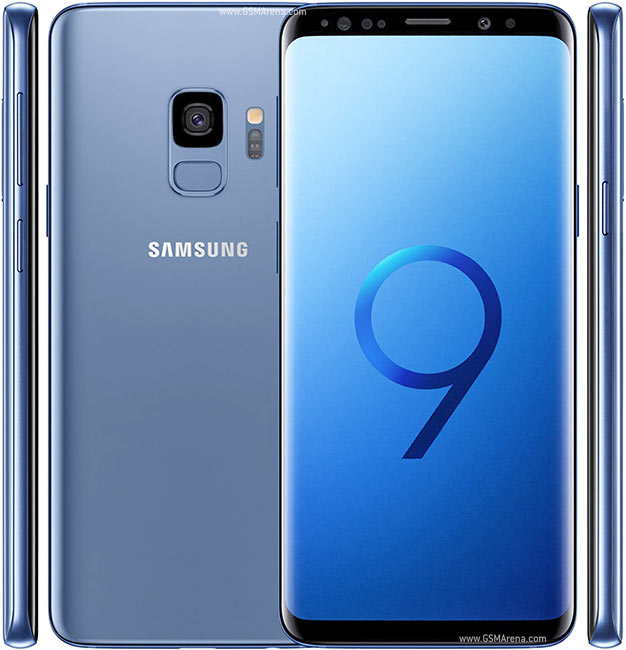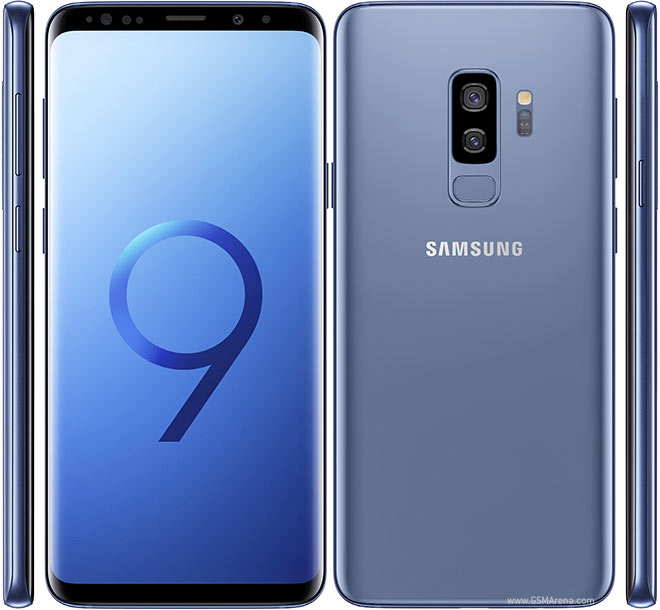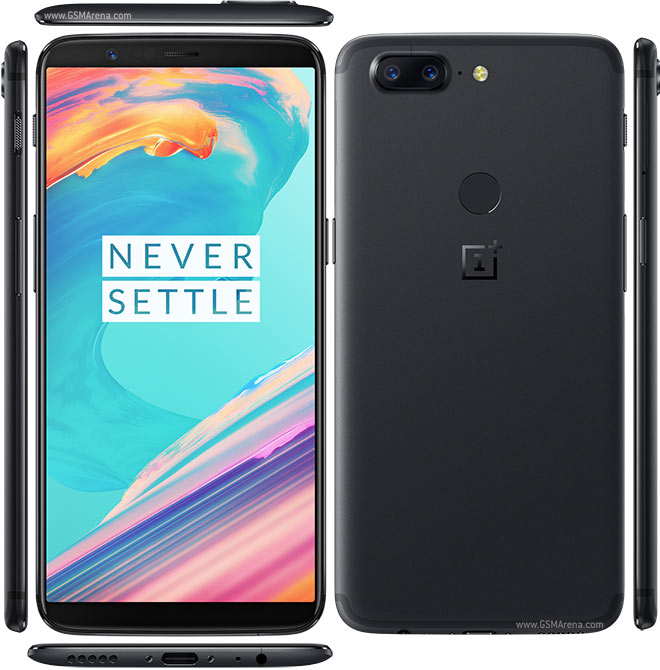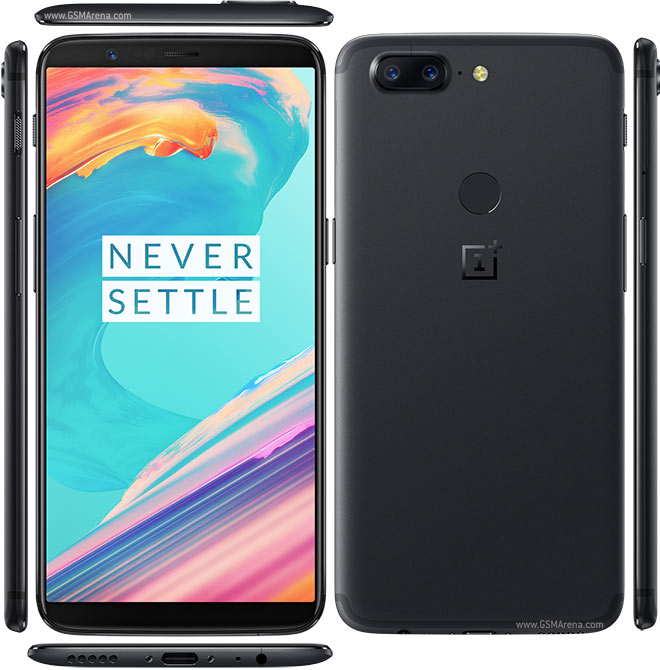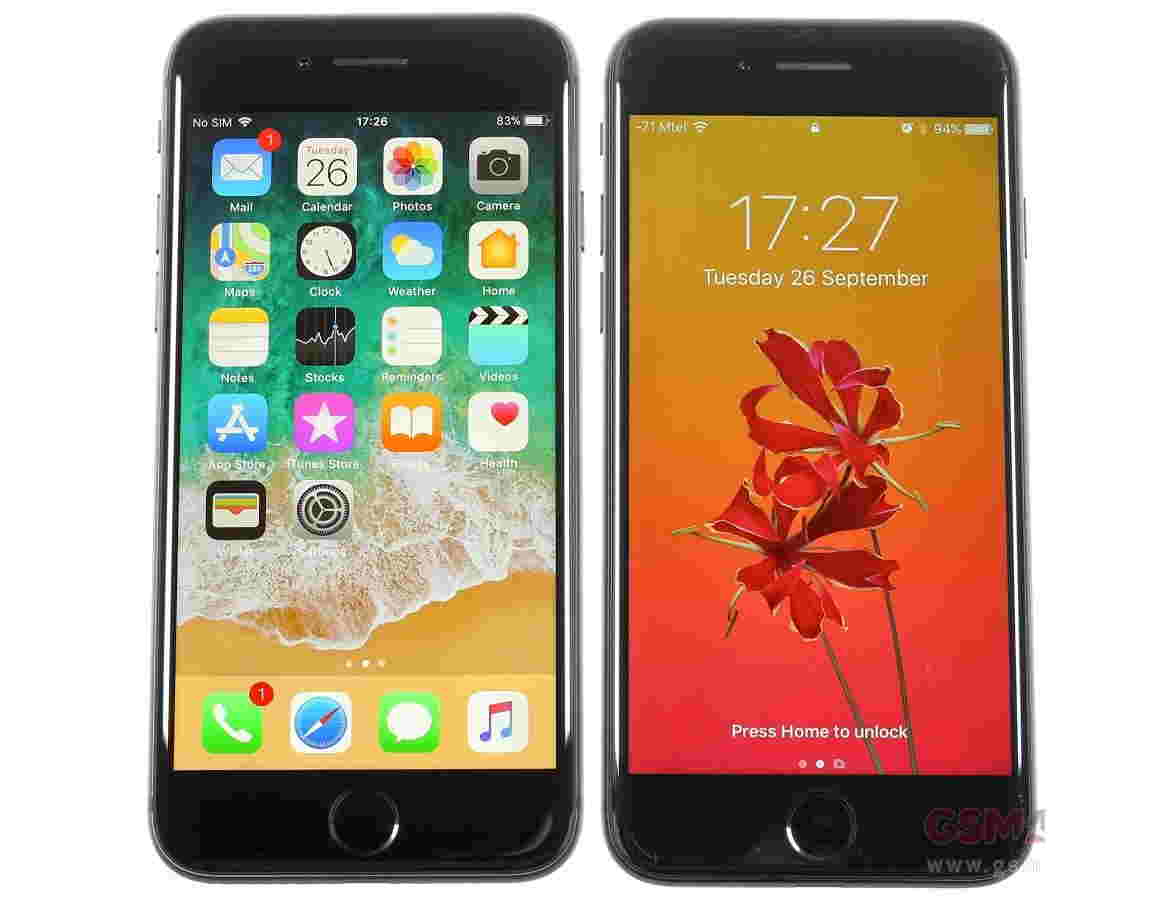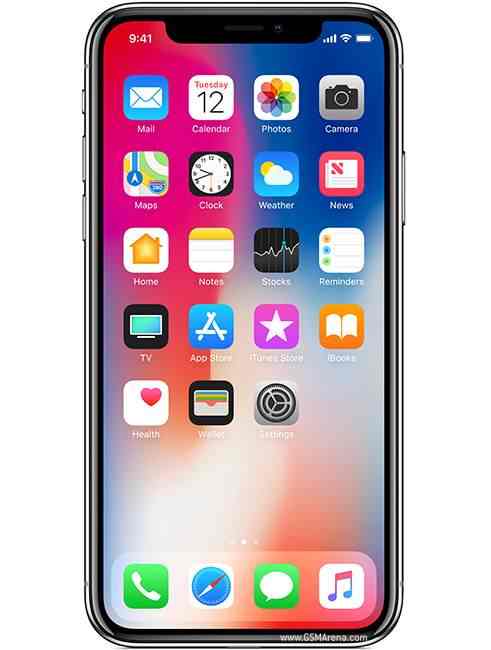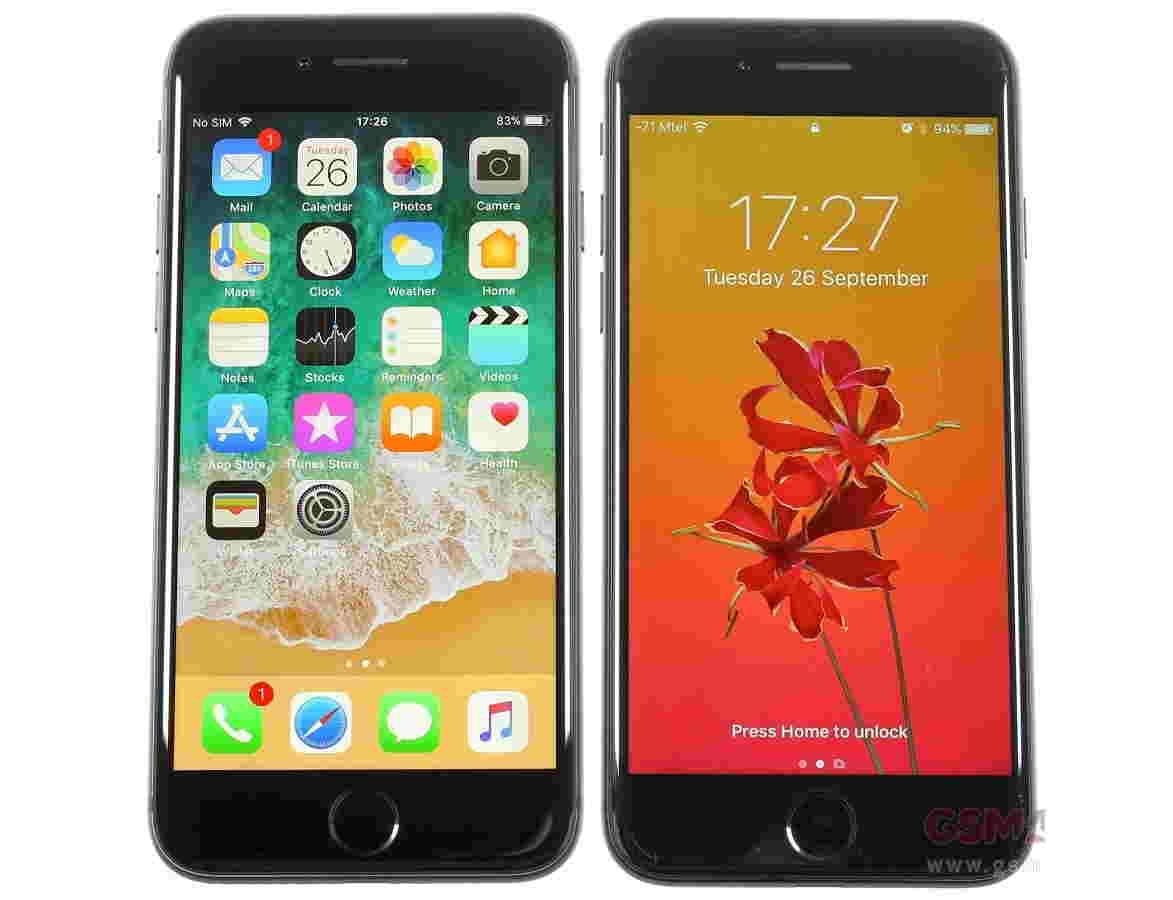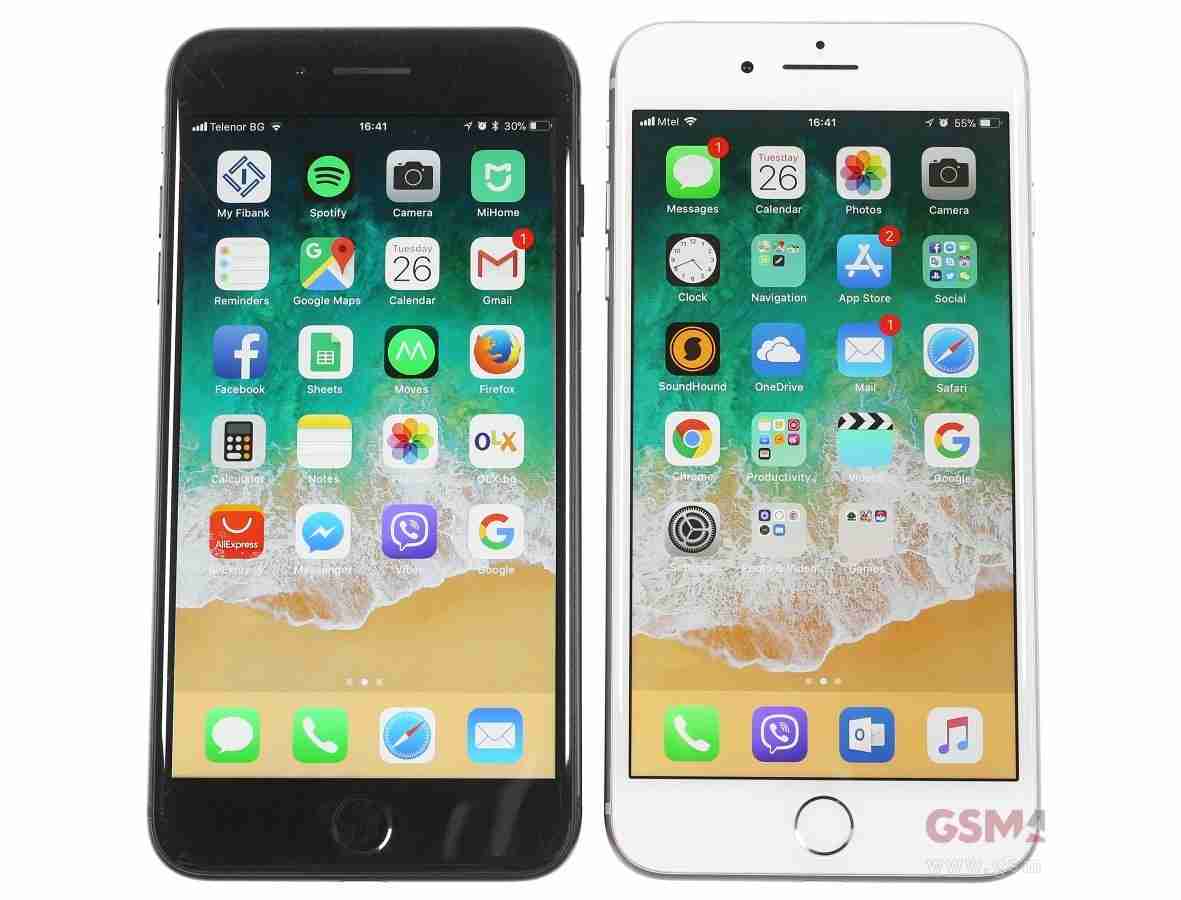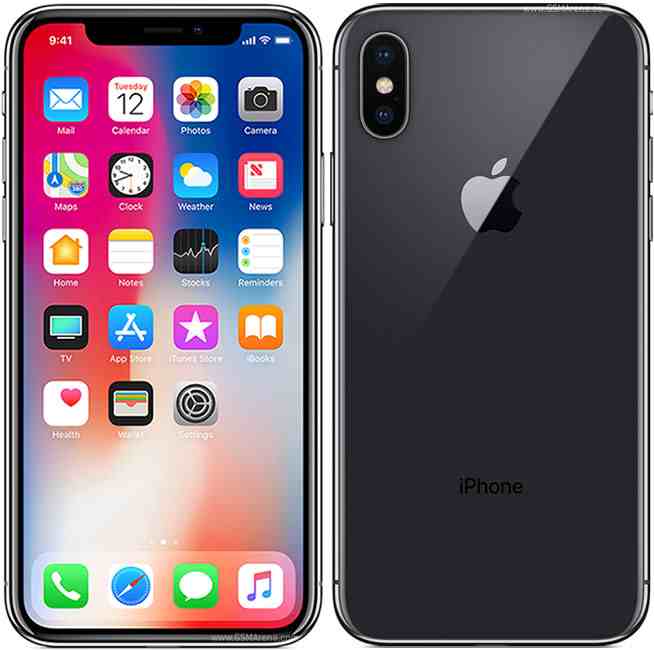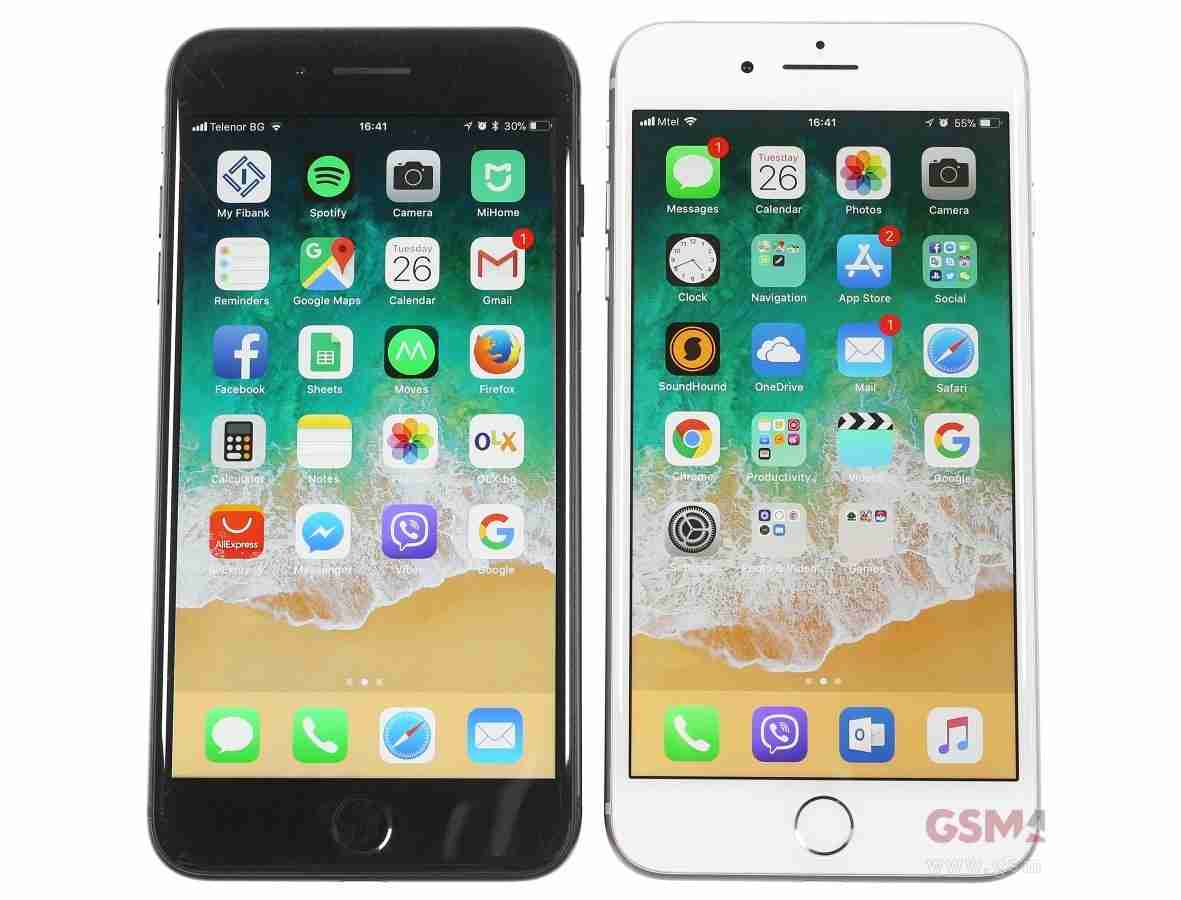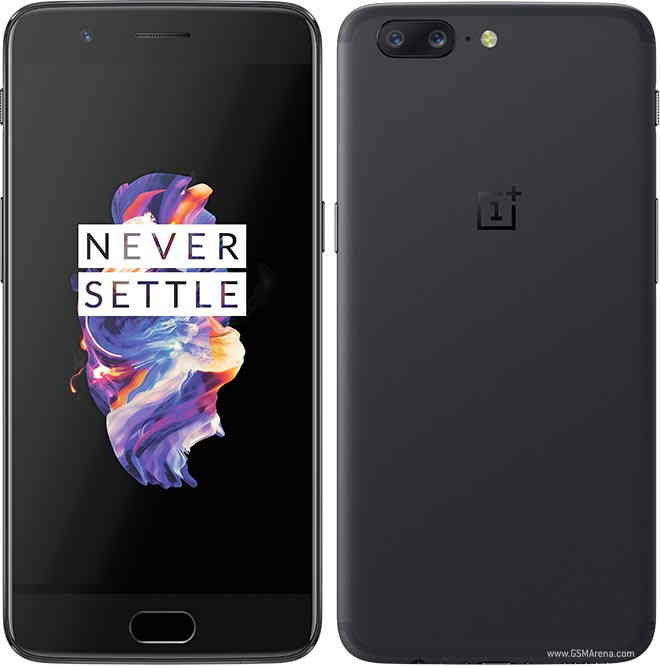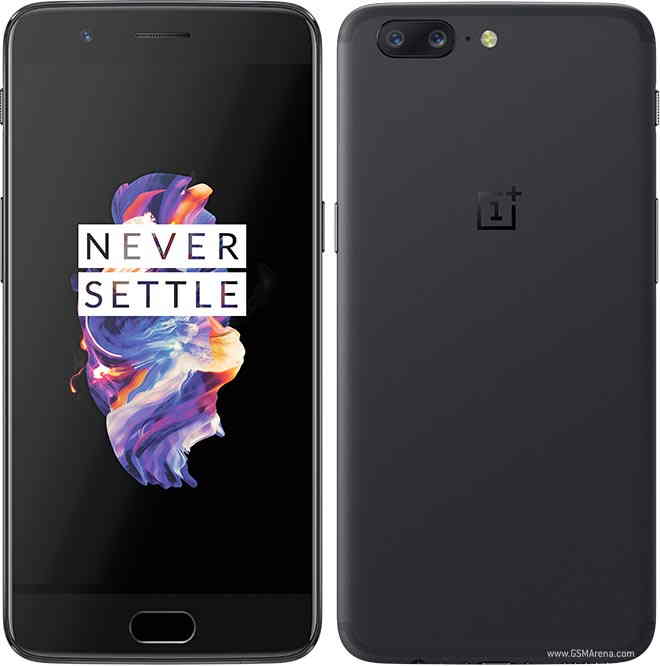Price: £349 inc VAT
Rating: 0

We’re now over a year into the life of theXbox One and PlayStation 4; a year in which the PS4 has surged ahead on sales, but the Xbox One has seen a turnaround in the way it’s seen and, potentially, its fortunes. No other console generation has seen two rivals so similar in terms of hardware, specifications, software and services, making it surprisingly hard to choose between them. In our PS4 vs Xbox One review we explain everything you need to know in order to make the right choice.
The PS4 is generally seen as the hardcore gamer’s choice. Its hardware is slightly more powerful than the Xbox One, and Sony was smarter in focussing the PS4’s software and interface on games rather than some vision of the console as an entertainment hub. That was Microsoft’s mistake at launch, where the Xbox One seemed too much focused on TV, movies and voice-controlled entertainment, and too little focused on playing games. Where Sony pushed to make its console more affordable, Microsoft saddled it with a pricey motion control peripheral that nobody really wanted – the second-generation Kinect.
This Christmas, the situation’s different. Kinect is now an option rather than the default, and the Xbox One has dropped in price. Most importantly, Microsoft seems to have got the message that people primarily buy consoles to play games. See also our PS3 vs PS4 comparison review.

PS4 vs Xbox One: Price
The PS4 currently sells for around £320 on its own with a single Dual Shock 4 controller, or from £320 to £400 with different game bundles. The console comes bundled with a power cable, a micro USB charging cable for the Dual Shock 4 and a mono microphone headset for playing online games. If you want a second controller, it will cost you in the region of £40 to £50.
Initially more expensive, the Xbox One can now be found for around £320 without Kinect and with one controller, while several bundles throw in a game for £320 and upwards. Interest in Kinect seems to have waned over the last year, with only three major titles supporting the controller released in the last twelve months. Aside from games, the main reason for having it is voice controls, used in some games, and also within the main interface to launch games and apps or search for content. It makes the Xbox One’s entertainment features much easier to use, but if you mostly want to play games, then spending £370 to £390 on a Kinect/Console bundle doesn’t make a lot of sense. Xbox One controllers, meanwhile, sell for around £32 to £40.
With both consoles there’s a hidden cost: the annual fee for the subscription service required for online play. An Xbox Live Gold membership costs £40 per year, as does the equivalent PS Plus membership. Both services throw in exclusive trial games, discounts and free games to sweeten the deal, but PS Plus has the superb Instant Games Collection, dishing out a selection of free games every month for PS4, PS3 and the PS Vita handheld, including some of the last year’s biggest games. It’s unquestionably one of the best deals in gaming.
PS4 vs Xbox One: Hardware and Specifications

The PS4 is the smaller and sleeker of the two consoles, with an angular design in part-gloss, part-matt black plastic. It’s reasonably quiet in operation, though noise levels pick up when you’re playing games, and so far it’s proved as reliable as previous PlayStation consoles. There are two USB ports at the front, along with well-concealed, touch-sensitive power and disc eject buttons. At the back you’ll find the power socket, HDMI and Ethernet ports, an optical digital audio output plus an additional USB port for the PlayStation Camera accessory.
The Xbox One is larger and chunkier than the PS4, but it still fits in well into the average home entertainment setup. If anything it’s a little quieter than the PS4, and Microsoft seems to have fixed the reliability issues that plagued the early Xbox 360 consoles. Around the back you’ll find a bewildering array of ports, with two USB ports, Ethernet, an optical output and a specific port for Kinect, plys two HDMI sockets. One of these is an output for your TV, but the other is designed to take a signal from your Freeview/Freesat PVR or Virgin/Sky set-top-box. This sends the TV signal through your Xbox One, and allows you to choose programmes using the console’s OneGuide.
It’s internally that the key differences emerge. Both are based on the same AMD Jaguar processor technology found in its Temash and Kabini APUs. Both have eight CPU cores, with the Xbox One running at 1.75Ghz to the PS4’s 1.6GHz. Both also have AMD GPUs, but here things differ. Where the Xbox One’s GPU, derived from the Bonaire architecture found in the Radeon HD 7790, has 12 GCN compute units to play with, the PS4’s GPU, based on Pitcairn, has 18. Even given that the Xbox One’s GPU runs at 853MHz to 800MHz, that gives the PS4 a tangible advantage on the graphics front.
To make things harder for Microsoft, the PS4 can call on 8GB of 5500Mhz GDDR5 RAM, giving it a lot more memory bandwidth than the 2133MHz DDR3 the Xbox One relies on. Microsoft compensates by using a 32MB ESRAM cache to keep data flowing smoothly, but the PS4 hardware is – when all is said and done – that bit more powerful.
How much does this matter? Well, on the one hand we’re seeing key cross-platform games that either run at a full HD resolution on PS4 but at a slightly lower resolution on Xbox One, or simply run more smoothly with more visual effects on PS4. On the other hand, the differences aren’t always that noticeable when you’re actually playing the games rather than analysing them frame-by-frame, and the best Xbox One games are still pretty astonishing. The extra power is a key point in the PS4’s favour, but it’s not a deciding blow against Xbox One.
We should also note that neither console is significantly more powerful than a fairly basic, mid-range gaming PC. Generally speaking, the manufacturers and third party developers will do more to optimise their graphics engines and build in advanced features for the console platforms, keeping them delivering amazing-looking games in the long-term, but a games PC remains a powerful alternative, and a more flexible one in many respects.
PS4 vs Xbox One: Interface and Features
Both consoles have slick user interfaces. The PS4’s is simpler and better at getting you straight to the functions you use most when playing games. The Xbox One’s has a similar feel to Windows 8 and Windows Phone 8, with a start screen and live tiles for games and apps, but it can make simple operations like checking on your achievements or finding out what friends are doing seem like hard work. It’s best used with Kinect and voice commands, as you don’t need to remember which screen to find an app or feature on, you just utter the appropriate command.
Both consoles have their party pieces. The PS4 has a brilliant Remote Play feature, where you can stream games from your PS4 to a PS Vita handheld or Sony Xperia smartphone or tablet, and keep playing while someone else hogs the TV. It also has some great game sharing features, where you can virtually hand over your controller to another PS4 owner, and let them stream a game from your console over the Web. The Xbox One, however, can give you a split-screen view to run two apps or one game and one app at once, plus an instant resume which allows you to put your console in standby, turn it on again, and carry on playing exactly where you left off.
PS4 vs Xbox One: Cameras
The Xbox One’s second-generation Kinect camera is a big improvement on the first, with more accurate motion tracking that works better across a range of lighting conditions, and can also track your body in more detail, even down to the individual finger joints. Sadly, it’s been grossly under-used so far, with just a handful of games that use it, and precious little sign of more to follow. The PS4’s PlayStation Camera is a cheaper and less high-tech affair, and works with the same PS Move wand controllers that Sony first launched for the PS3. Again, it’s barely been used so far, and shouldn’t be considered a must-have purchase.
PS4 vs Xbox One: Backwards Compatibility
Neither console is backwards compatible, so if you owned an Xbox 360 there’s no real reason to stick with an Xbox One this time, bar the fact that your Xbox Live profile carries over. The same applies with the PS4, though Sony is due to launch a game streaming service here next year, PlayStation Now, which will enable you to stream a range of PSOne, PS2 and PS3 games over the Internet. However, you still have to pay to stream games, whether you own them or not, so there’s not a massive advantage if you have a huge PS3 games collection.
PS4 vs Xbox One: Games
The best reason to buy a specific console is to play its exclusive games, but this is one area where neither console has built up much of an edge. The Xbox One has a fantastic racing game, Forza Horizon 2, and a superb compilation of the Halo series, all with enhanced visuals and remastered to play at full HD 1080p. The PS4 has a Remastered verion of the PS3’s brilliant post-apocalyptic epic, The Last of Us, and an impressively gritty, open-world superhero adventure, inFamous: Second Son. Things heat up next year with The Order: 1886, the gloomy RPG Bloodborne, space exploration game No Man’s Sky and the much-anticipated Uncharted 4 for Sony, while Xbox One owners can look forward to a gorgeous, time-stopping shooter, Quantum Break, and Halo 5. In a surprise move, Square-Enix announced this year that the next Tomb Raider will be an Xbox One exclusive too.
Forza Horizon 2 aside, the best games on either console have come from third parties, with Far Cry 4, Assassin’s Creed: Unity, Destiny, Dragon Age: Inquisition, Call of Duty: Advanced Warfare and an enhanced Grand Theft Auto V all pushing graphical boundaries or, in Destiny’s case, transforming the way we play online. Most of these games look or run slightly better on the PS4, but there’s not much in it. Many of next year’s most exciting games will be cross-platform too, so you’ll be able to play the likes of Battlefield: Hardline, Tom Clancy’s The Division, Batman: Arkham Knight, Metal Gear Solid V: The Phantom Pain, Evolve, Star Wars: Battlefront and The Witcher III: Wild Hunt no matter which console you choose.
See below for a list of games exlusive to each console, and which are available on both.
PS4 vs Xbox One: Entertainment Features
Microsoft originally sold the Xbox One as the ultimate all-in-one entertainment system, pushing how voice controls and integrated TV would put it right at the heart of the living room. It still has arguably the best set of entertainment features, with apps for all the major catch-up TV services bar ITV Player, plus all the major video streaming services, including Amazon Instant Video, YouTube Netflix, Blinkbox and Now TV. The Xbox One also has a Blu-ray drive and playback app, and DLNA media streaming both through the console’s own Media Player and an app for Plesk. Throw in Microsoft’s own music and video services and its TV features, and it’s the best console for those who want to do more with their console than play games.
The PS4 has been playing catch-up here, not even having YouTube to start with, but it now has apps for Netflix, Amazon Instant Video and Now TV, plus iPlayer and Demand 5. There’s currently no DLNA client for the console, so it’s the less capable media player of the two. On the plus side, you can use Sony’s own Video Unlimited and Music Unlimited services, which are stronger than their Microsoft equivalents.
PS4 vs Xbox One review: Games
PS4
Both
Xbox One
Blacklight: Retribution
Assassin's Creed IV: Black Flag
Below
Final Fantasy XIV: A Realm Reborn
Battlefield 4
Crimson Dragon
Daylight
Call of Duty: Ghosts
D4
DC Universe Online
The Crew
Dead Rising 3
Deep Down
Destiny
Forza Motorsport 5
Don't Starve
The Division
Halo
#DriveClub
Dragon Age Inquisition
Killer Instinct
Gran Turismo
Dying Light
Kinect Sports Rivals
Infamous: Second Son
EA Sports UFC
LocoCycle
Killzone: Shadow Fall
Elder Scrolls Online
Minecraft: Xbox One Edition
Knack
FIFA 14
Quantum Break
Mercenary Kings
Final Fantasxy XV
Project Spark
Oddworld: New n' Tasty
Just Dance 2014
Rabbids Invasion
The Order: 1866
Kingdom Hearts 3
Ryse: Son of Rome
Outlast
Mad Max
Sunset Overdrive
PlanetSide 2
Madden 25
Titanfall
Primal Carnage: Genesis
Metal Gear Solid V
Zumba Party Fitness
Ray's The Dead
Mirror's Edge 2
Zoo Tycoon
Transistor
NBA 2K14
Untitled Black Tusk game
War Thunder
NBA Live 14
Plants Vs. Zombies: Garden Warfare
Warframe
Need for Speed: Rivals
Fantasia: Music Evolved
Skylanders Swap Force
Sniper Elite 3
Star Wars Battlefront
Thief
Watch Dogs
The Witcher 3: Wild Hunt
The Witness
Wolfenstein: The New Order
The Evil Within
Trials Fusion
Buying Advice
We hate to say it, but there is no right choice right now. The PS4 has raw horsepower on its side, but the Xbox One wins out on entertainment features. With Forza Horizon 2 and Halo: The Master Chief Collection, the Xbox One has the stronger software line-up this Christmas, but the PS4 could overturn that next year. In terms of betting on future potential, we’d put our chips on PS4. Sony’s console has more power at its disposal, and there are some extremely good games coming down the line next year. If, however, you’re more excited by the thought of a new Halo and Tomb Raider than Uncharted 4 and Bloodborne, then you shouldn’t write the Microsoft console off. If the PS4 wins our vote by a whisker, it really doesn’t matter. Whichever new console you go for, you’ll get to see some amazing visuals and play some fantastic games.



